It’s almost impossible to miss the conversation currently happening around fast fashion and what an unsustainable, wasteful, exploitative industry it is. I’ve been reading along for a long time now, trying to get a handle on what the key issues actually are, what can be done about them, and which of those things I’m able to do as an individual – but also as a designer of garments.
You see, one of the reasons why fast fashion is so good at getting us to buy more and more that we never actually wear is that clothing is a necessity, but it’s also extremely emotional. It’s a way of showing the world who we are, what we care about, what kind of life we lead. What matters to us.
And it’s something that fat people are largely excluded from.
If you’re fat, then you already know that our shopping experience is not the same as straight size people’s – and that’s where I want to start talking.
The Fat Clothes Shopping Experience
There are a bunch of ways that shopping for clothes as a fat person is different than it is for a straight size person:
Having to shop online
No clothes shops local to me stock my size, which means I can’t go try things on in person. This means I’m relying on shopping online, which means every purchase is a gamble and more often than not has to be returned, which is both a hassle and an expense. It also increases the carbon footprint associated with every purchase I make.
Having to spend more
The fat tax is real, and that means my clothes already cost more than straight size options do – plus fat people are paid less in the first place. Add in the extra cost of shipping & returns and my budget shrinks – which means my options shrink.
Limiting choice
Fat people have a tiny sliver of options compared to straight size people – and many people designing for fat bodies have no idea what we actually want, style wise. Jokes about cold shoulders, novelty sleeves, beads and sequins everywhere; assumptions about shapes and styles; generally poor fit and grading… within the much, much smaller selection of clothing we do get, a lot of it is immediately rejected as simply unwearable.
Huge emotions
Clothing is a huge trigger for many fat people – feeling that things don’t look “right”, or don’t fit well, or highlight the features that make us feel most vulnerable is a sure way to put a big dampener on your day.
Fat Shopping is Unsustainable By Design
The hard truth is that shopping for clothes as a fat person is inherently less sustainable than shopping for clothes as a thin person. All of the things listed above contribute not only to doing a great job of excluding fat people from fashion and clothing in general, but they also encourage – or even demand – habits that aren’t best practice from a sustainability perspective.
Let me put it this way: the fashion industry wants everybody to accept the idea that if only they could buy the right thing to wear, they would suddenly be and feel the way they want to. The diet industry wants everybody to believe that their body needs improvement before they can be and feel the way they want to. Put those two things together and what do you get? People who keep buying clothes to try and chase that feeling and blame themselves when it never comes.
When I was very first confronted with the idea that my choices weren’t sustainable, I didn’t feel inspired to do better. I felt annoyed that I was being asked to do better when things were already so difficult. I felt simultaneously excluded from something and tasked with solving its problems all at once.
But. After some time, some exposure to people better informed than I am, and a kinder perspective, I settled on some middle ground. I listened to what advocates were actually asking people to do and realised that I was already doing a lot of things that are considered best practice when it comes to sustainable fashion, like shopping second hand, and that working more of their suggestions into my habits would actually help with some of my issues.
Making Sustainable Choices
No sustainability advocate is insisting that every fat person gets their clothes solely from places which are perfect shining beacons of sustainability. That’s an unrealistic goal and an unfair burden: it’s not actually the fault of individual people, certainly not fat people, that the clothing industry isn’t sustainable. But that doesn’t mean that our decisions occur in a vacuum and we should just do whatever we want with no thought for the consequences.
What people are actually asking for is for individuals, including us fat ones, to make a mindful best effort to avoid the worst behaviours. To do what we can, when we can, while holding corporations to account for their poor choices.
I’m not going to talk more about what I do when buying clothes for a couple of reasons. One is that I’m a knitwear designer, not a stylist, so that’s not really what I’m here to talk about. The other, more important reason is that there are other people who are far better informed and who I’ve been learning from, and they deserve your attention and clicks on this one.
Resources
Why Does Fast Fashion Suck? by Lakyn Carlton
Sustainable Fashion vs Sustainable Choices by Lakyn Carlton
Slowing Down: Breaking the Fast Fashion Mindset by Lakyn Carlton
Is Fashion Ever Sustainable? by Quinnie Myers for The Lingerie Addict
Sustainability in Knitting
In my world, sustainability applies to creating my own clothes as much as it does to buying them. So I want to talk a little bit about how knitting, specifically knitting garments, can be done while making sustainable choices.
The Quick Wins
If you read Lakyn’s article above on Sustainable Fashion vs Sustainable Choices, then you’ll know that sustainable fashion is about creating clothing in a way that is environmentally friendly.
Me handknitting my own clothes is already ticking off some sustainable boxes: it’s designed, manufactured, and distributed by me, at my home. My carbon footprint in that sense is near zero; other than obtaining tools and materials to do those things, I don’t generate anything there. It’s just me, sitting on the sofa with a drink and the telly on. (Sure, it’d be better if I didn’t have the telly on, but we’re asking for best effort here, not perfection.) Handknitting is, in the vast majority of cases, the antithesis of fast fashion.
However, that’s not to say that all handknitting is immune to causing sustainability problems and we can pack up this conversation right here. There are people who knit for the enjoyment of knitting – a particular kind of process knitter – and who churn through kilos of yarn producing items with no thought for where they’ll end up. That kind of attitude is absolutely not sustainable.
Which brings me neatly on to…
Check the Attitude
I don’t think it’s possible to make a nice neat flowchart that’ll make all your decisions morally sound. What I do think is possible is considering every choice against the one thing that really matters: why do I want to do this? What is motivating me to do it? Is this purchase going towards a specific plan, and is that plan a good one? Is this purchase likely to support a future plan? Am I having a shit day and feel like treating myself? This is absolutely a valid reason, by the way – so long as it’s the real reason, and not one you’re pulling out every week. And that “every week” part is important, too: no one choice made on its own is the be-all and end-all of your approach to sustainable knitting. It’s trends, over time, that make up your impact.
Use That Stash
The first thing I always ask myself when I have an idea is “do I already have something in my stash that would work for this”? This is how Foundation came about; I had the yarn already and wanted to design something that would work for both an advent set and for leftovers.
Foundation’s great for using up lots of smaller leftovers; small projects are great for using up larger quantities. Idlewild was designed with leftovers from Roseability; later this month I’ll release Seedling, which was created with leftovers from Sapling. While it’s handy for me to have small quantities of leftovers for swatching and experiments, it’s also a great challenge for me to design for the leftovers.
Sustainable Purchasing
Sometimes I just don’t have the right thing, and when that happens, I want to shop in a way that lessens my impact on the environment as much as possible.
When shopping for clothes I refer back to Lakyn’s 5-point checklist from her Slowing Down article (linked above), and it works for knitting choices, too.
Longevity: is this item high quality? Will the tool last a long time, or break and need to be replaced? Is this yarn suitable for creating a hardwearing garment, or will it pill and felt?
Patience: is this the perfect version of what I need, or is it just the closest thing I’ve found so far?
Style: is this item something that works with my long-term style, or has it caught my eye because it’s a trend and it’s new and shiny, or is appealing to a whim that’s going to fade?
Contentment: am I buying this because I actually need it, or am I buying it because I want to make a purchase?
Loyalty: is this yarn “me”? Will the colour(s) work with other items in my wardrobe? What am I going to style this piece with – have I already got things that will work, or would I need to buy something to go with it?
Consider the Disposal
One of the key tenets of sustainability is using things until they wear out, and then repurposing them wherever possible to be reused some more. But nothing lasts forever, and all items eventually wear out.
Something that helps me to buy less (other than reminding myself that I’ll have to clean whatever this new thing is) is to consider what I’ll do with it when I can no longer use it.
Is it something that can be passed on to someone else? Does it have genuine resale / reuse value? Can I take it apart and use it for something else? T-shirts with holes become pyjama tops; a sweater with a worn-out elbow can become a vest; kid clothes can often be passed on to another wearer before they’re done. What about this thing that I’m thinking about buying – what are the chances, honestly, of it ending up in landfill, and how biodegradable will it be when it gets there?
Handknit-Specific
Maybe Buy More?
Here’s another point I want to make that’s specific to knitting: sometimes, the overall amount of yarn you buy isn’t the issue. If you’re a garment knitter and you come back from a yarn show with 10 individual 100g skeins that don’t match each other or anything else in your stash, you’re unlikely to use them. But the same amount of one yarn might be a sweater or two that you can actually use. Knowing roughly how much yarn you personally need to make different things, what weights you like to work with, and which fibres are suitable for which kinds of projects enables you to make good decisions when you don’t have a specific plan in mind.
Ask Why Not
Have you ever knit something and then not worn it? I have, and sometimes it takes me a while to work out why I’m not reaching for it.
When I do work it out, I like to make a note of it. I do the same thing with ready to wear clothes, making notes about what does and doesn’t work, so I can make better choices in future.
Finding a community to talk about these things is a wonderful way to get clear-headed perspective, recommendations you might not have heard of, or just bounce ideas around. If you’re a fat crafter, The Fat Crafters’ Club is perfect for this.
Change It
The most sustainable choice when it comes to clothing is something you already own – so can you use any of your yarnie skills to change something you don’t wear into something you will?
I had a long jumper in my wardrobe that was a great colour and shape for me – perfect for throwing on over leggings – but I never reached for it because I hated the buttons on the shoulder. They caught my hair and just weren’t “me”. So I bought some new buttons, swapped them out, and now I wear it all the time.
In Conclusion
Here are the things I try to remember when buying (or planning to make) clothes:
- How is this going to work with the things I already have?
- Is this garment the best quality I can afford?
- Could I meet this need by purchasing second hand?
- Is this ME?
- How will I dispose of this item when it’s no longer wearable?
Thank you for following along this thought process with me – I hope it was at least a little bit helpful. I’d love to carry on talking about sustainability and building not a capsule wardrobe but definitely something that’s considered, intentional, and serves my needs well, and how that reconciles with having a business that’s about creating new items. Do let me know your thoughts in the comments!
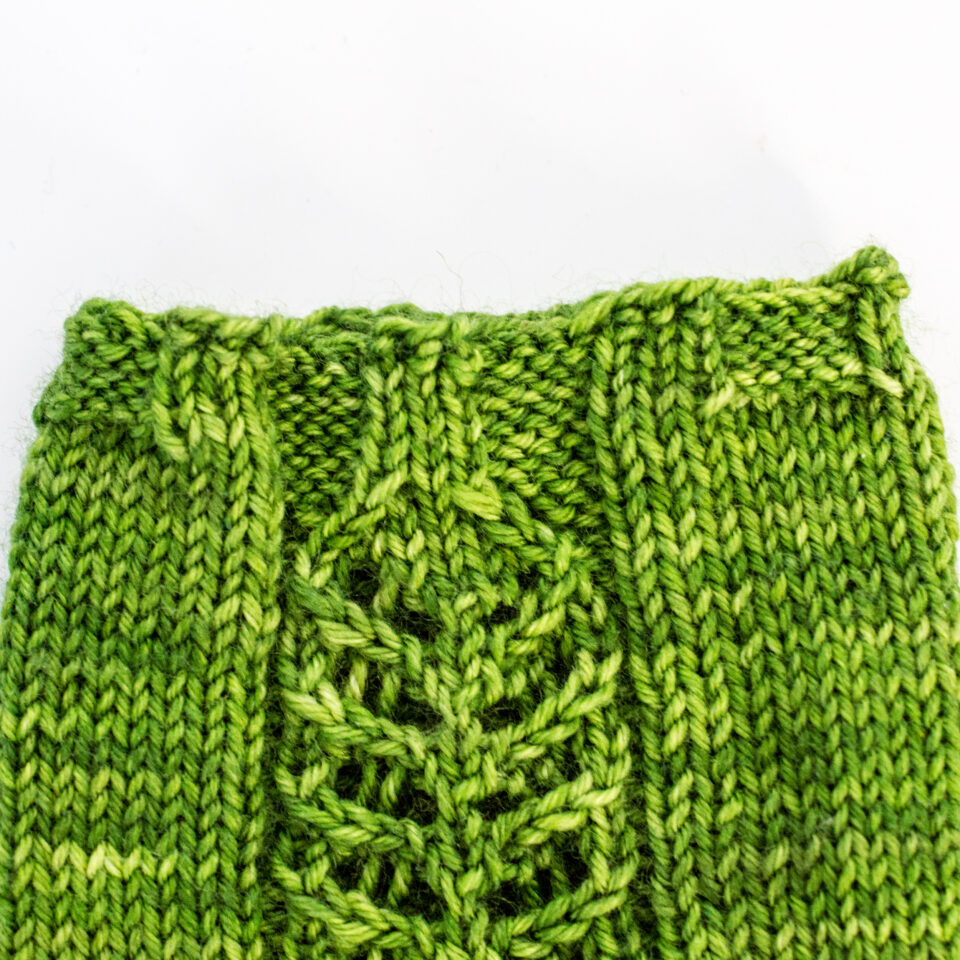

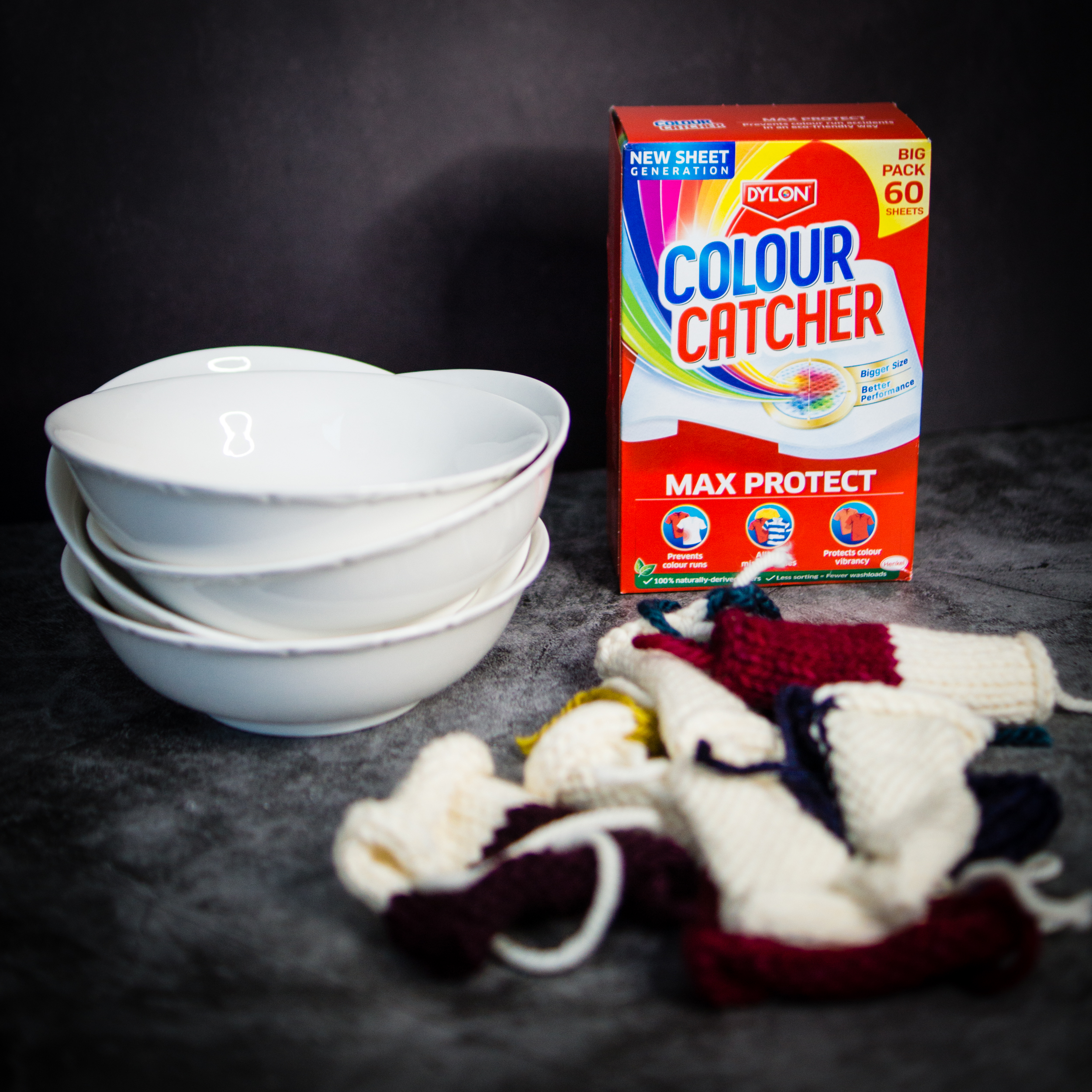



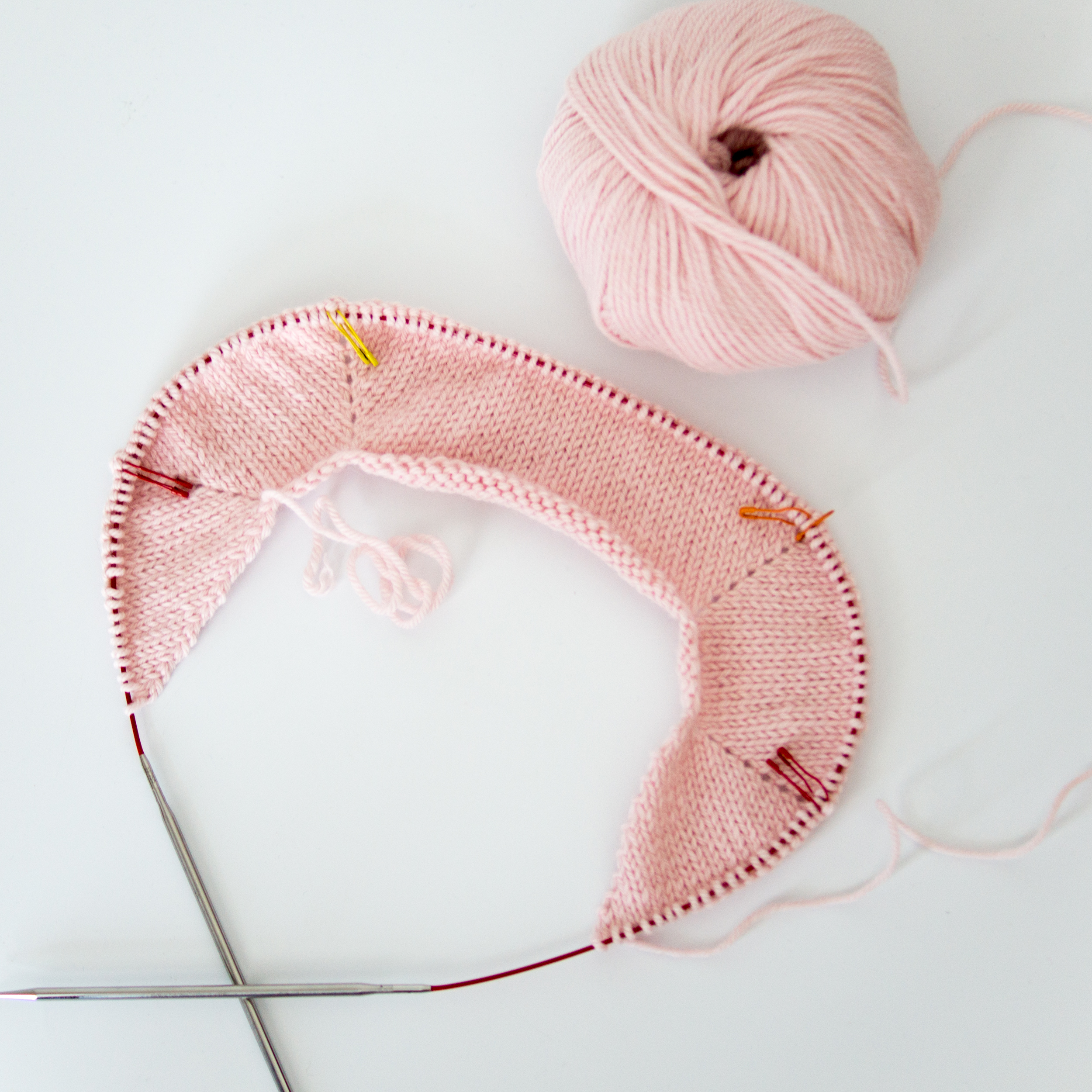

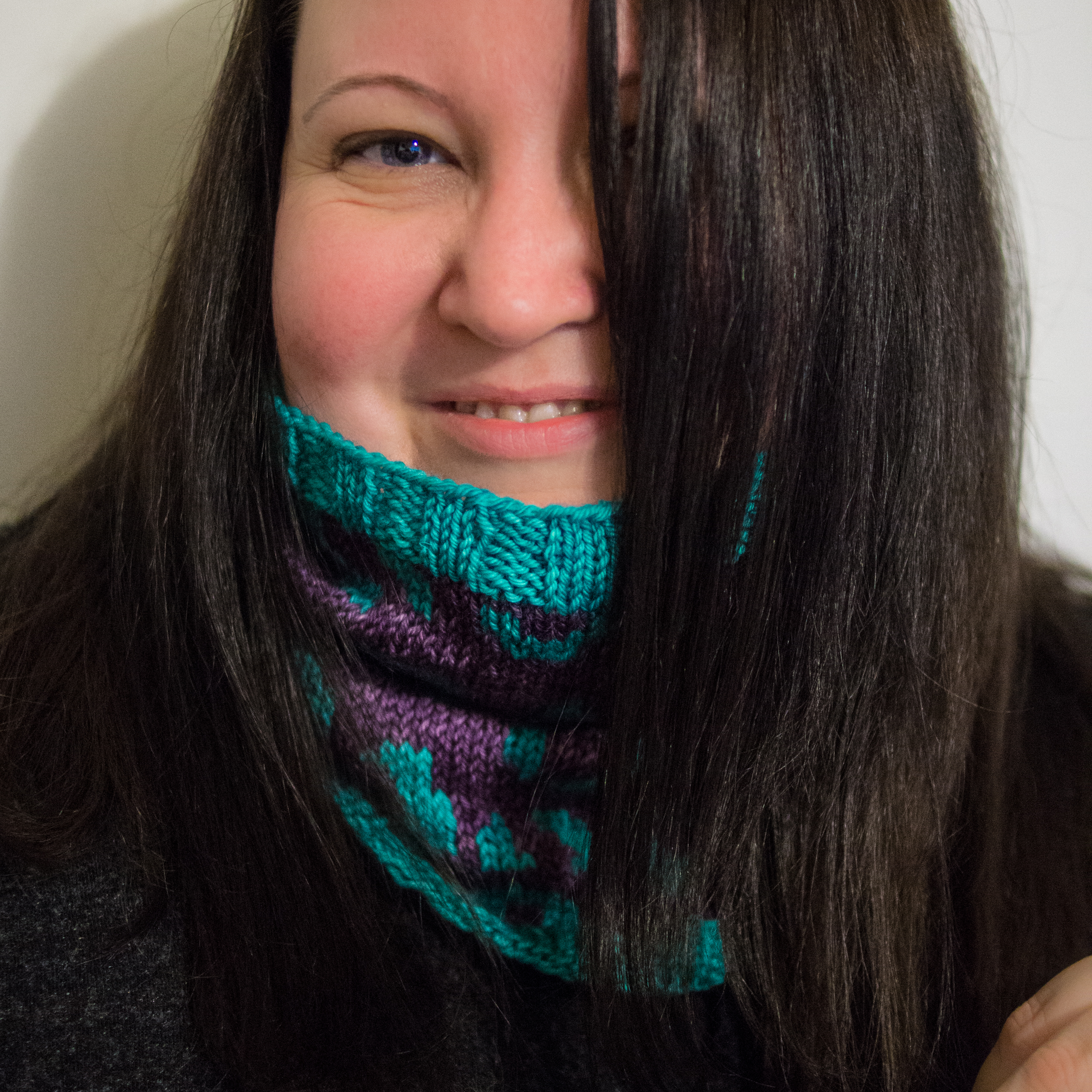
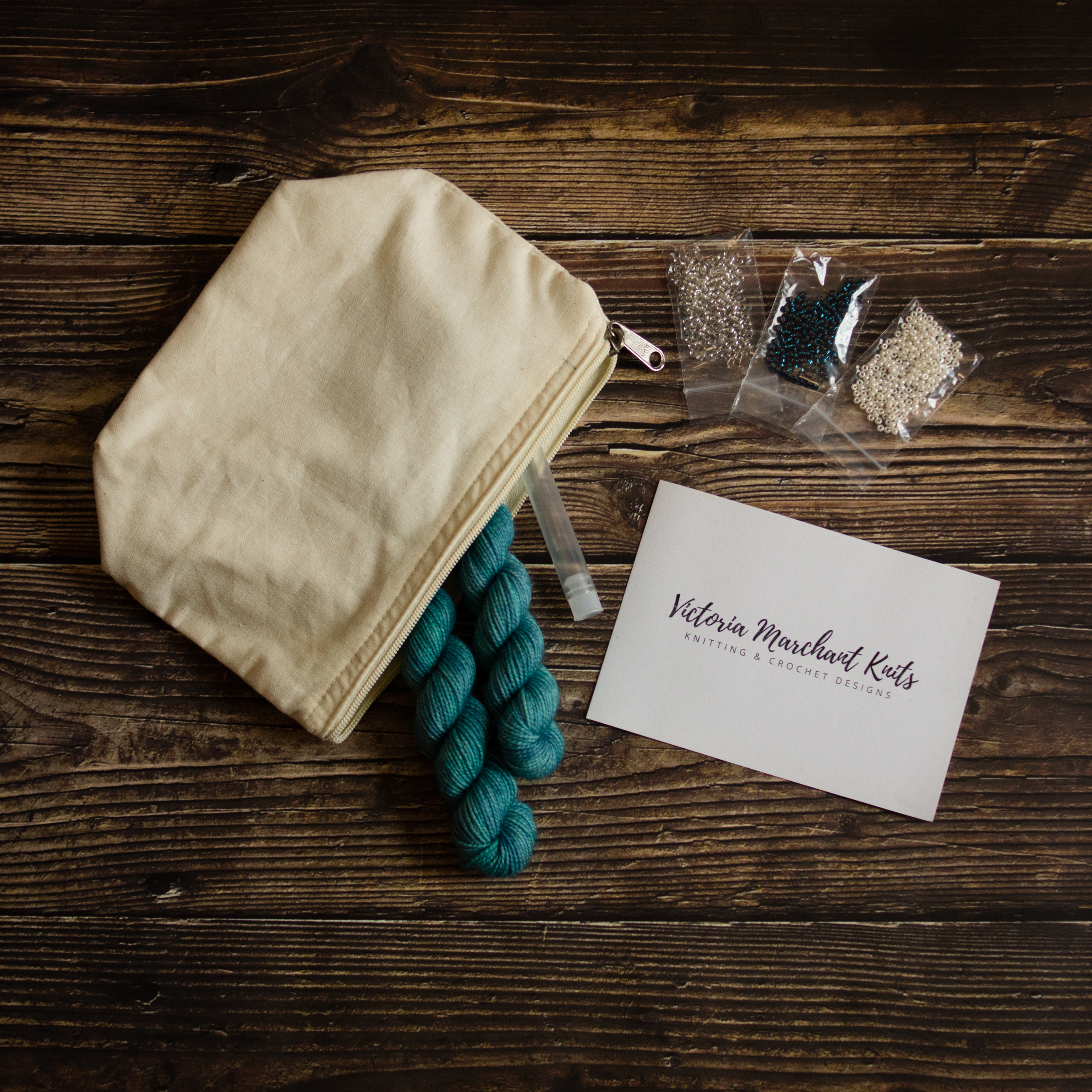

I freely admit to being a process knitter, but if the item I have knit is not usable, I won’t hesitate to rip out and reuse the yarn for something that will be used. I picked up a lot of test knits over the last couple of years, but have decided going forward that I want to knit the yarn in my stash into the garments I bought it for. My husband isn’t a suitable test knit subject because he has an unusually large head and neck, so alterations need to be made, which isn’t always suitable for a test knit scenario. A lot 9f the yarn in my stash was bought with a jumper for him in mind, and I want him to have those jumpers because he wears them. We have both always worn clothes until they are quite literally falling apart at the seams and full of holes, so on that front I don’t worry. I have a pile of old clothes that are now past the mending stage. Some of them will be sewn into blankets. I guess what I’m saying is that, although I’m a process knitter, I’m also a product knitter because I knit intentionally and will rip if it’s not being used so the yarn can be used for something else. And if I use 100% natural non-superwash wool, the ends are easier to deal with and there’s less wastage. I use those ends that do get clipped to fill toys for my cat, so there’s some more sustainability.
I thoroughly enjoyed reading your post!